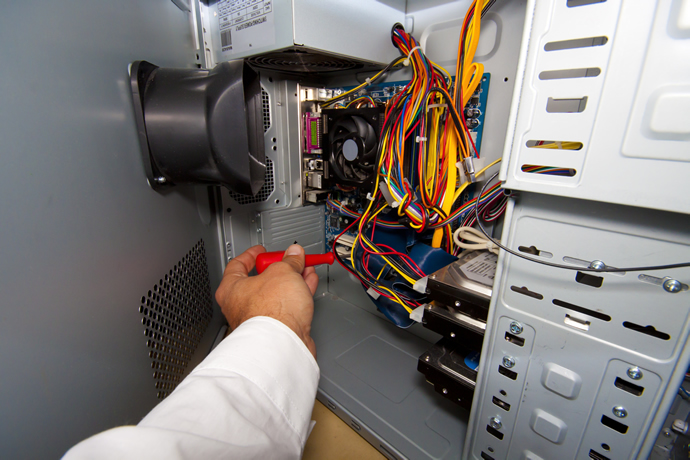How safe is your power supply?
Ensuring that a power supply is safe for a particular product is complex, with at least 15 separate testing considerations required. With an abundance of power supply options, what are some of the testing considerations that should be taken to ensure that a product and its power components are safe? Jean-Louis Evans, Managing Director at TÜV SÜD Product Service, answers these questions.
The overriding approach to establishing a safe power supply should be that you design for compliance and verify by test, and do not test for compliance and then re-design - a costly strategy.
Establish the application
A key step is to review a product’s intended environment, such as temperature and humidity. Also, consider if it is for indoor or outdoor use, as well as the industry and country in which it will be used, as this will affect the power components selected i.e. military typically operates at 50, 60 or 400Hz, while domestic supplies operate at 50Hz.
It is also important to consider if the end user will have access to the power supply and its output circuits, and how it will be used. For example, is the product a mobile phone charger that must be safe for the user to touch, or is it a piece of laboratory equipment where the power output is not accessible? If it is an open frame design, then you must consider providing a suitable fire, mechanical and electrical enclosure to prevent access to electrical hazards. You must also provide a rigid mechanical enclosure and prevent foreign objects from entering and starting a fire, as well as prevent flaming/molten parts escaping.
There are numerous standards relating to products - everything from specific standards such as IEC 60601 for medical equipment, to IEC 61558, the general power supply standard. It is therefore advisable to consult an expert or certification body to identify the correct path to follow.
Design considerations
At the earliest possible stage of a design the safety critical components must be identified. This includes fuses, mains switches and transformers. Also, make sure that each component has the appropriate certification such as NRTL recognition for North America and IEC component approval for Europe and the rest of the world. Of course, it makes sense to ‘source smart’ by using dual certified components.

Approval certificates and current listings on certification body websites are the only acceptable evidence that components have the correct approvals. Do not rely on manufacturer datasheets alone. Pay particular attention to expiry dates and ensure that the most up to date standard(s) have been applied. Also, be aware that subtle part number changes can be overlooked, meaning that the certificate applies to another component or product, and not the one being used.
Fault conditions
Safety strategy regarding fire is usually tackled in three ways. The first is the inclusion of a fire enclosure to prevent metallic foreign objects entering a power supply, as well as stopping molten material dripping from it if a fire has started.
The second is the use of components and materials which have the appropriate flammability ratings to minimise fire propagation. The third is the test simulation of single fault conditions to verify that the design is fault tolerant. During such tests the design does not have to continue to work but it must remain safe.
The only way to ensure that your products do not include power supplies that are not fit for purpose is to undertake stringent tests yourself. Unfortunately, the increasing number of failed goods identified by organisations such as Trading Standards and RAPEX (the EU rapid alert system for non-food products posing a serious risk to health and safety) shows that poor quality power supplies are increasingly flooding the market.


